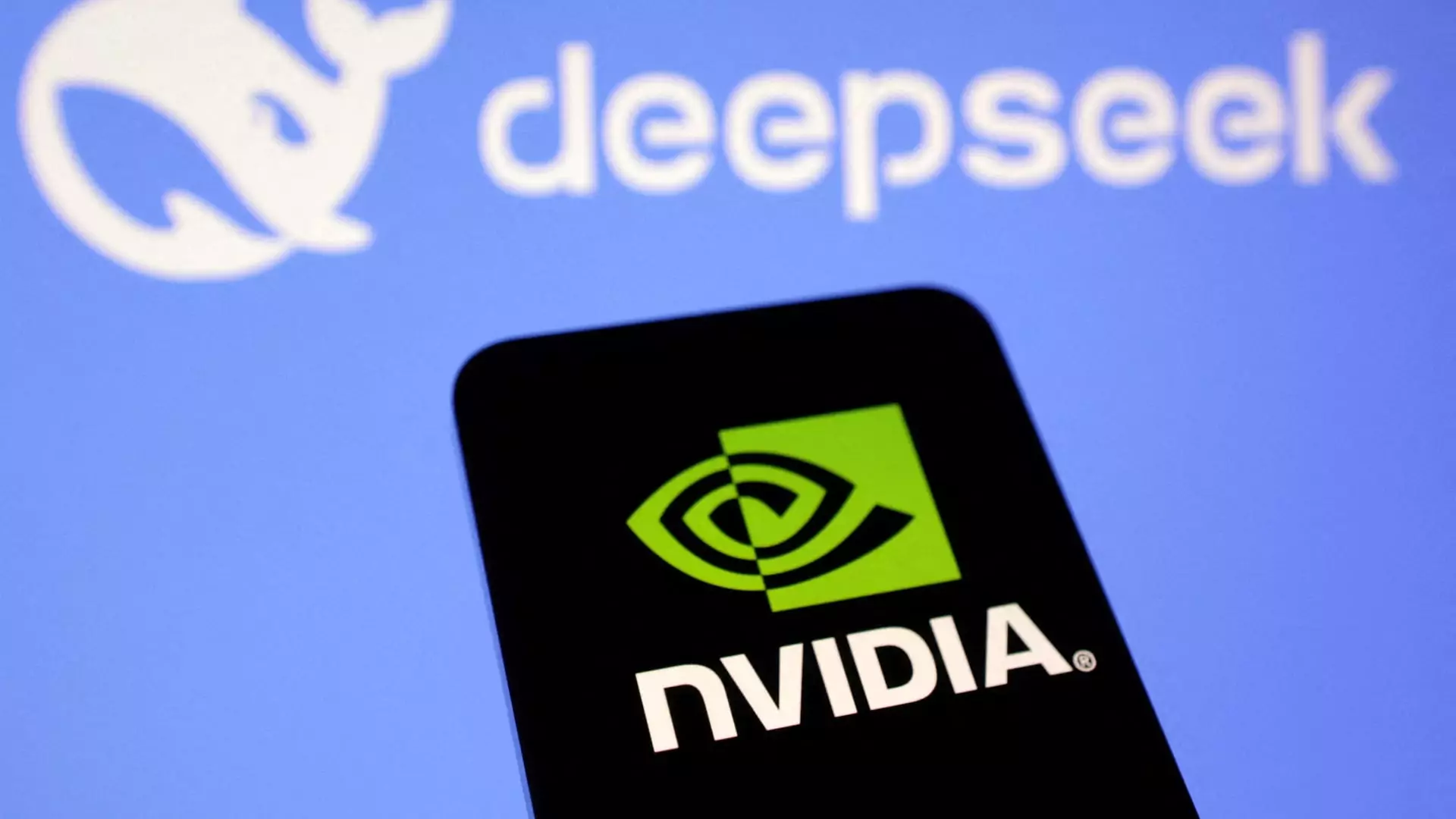The landscape of artificial intelligence (AI) has always been dynamic, but it has reached an unprecedented turning point with the emergence of the Chinese startup DeepSeek. This newcomer has not only challenged the established dominance of Nvidia but has also sparked a wave of optimism among smaller firms within the AI sector. This article explores the implications of DeepSeek’s open-source model, its impact on the chip industry, and the broader dynamics shaping the future of AI.
DeepSeek: The Game Changer in AI
DeepSeek’s entry into the market with its R1 reasoning model has stirred significant reactions among industry giants. Unlike proprietary models from heavyweights such as OpenAI, the R1 model is open-source, which is a game-changing attribute. The significance of open-source AI lies in its ability to democratize access to powerful models. Andrew Feldman, CEO of Cerebras Systems, aptly summarizes the sentiment circulating within the community: “Developers are very keen to replace OpenAI’s expensive and closed models with open-source models like DeepSeek R1.” This shift towards open-source technology has injected vitality into a sector traditionally dominated by a handful of well-resourced organizations.
DeepSeek’s claims of matching or even exceeding American technology in terms of capability are not without skepticism. However, there is a pervading belief among industry analysts that the trajectory of AI growth does not necessitate dominance by a single player. Feldman emphasizes that the versatility of open-source models enables a landscape where multiple players can thrive, suggesting a more competitive and accessible market for AI training and application.
While Nvidia has long been synonymous with the training of AI models through its powerful GPUs, the emergence of DeepSeek has catalyzed a conversation around the inference phase of AI deployment. Inference refers to the practical application of AI, where trained models make predictions based on new data. This distinction is critical because it opens a pathway for specialized hardware designed for efficient inference, leveraging less powerful chips that can operate within a narrower scope of tasks.
According to Phelix Lee, an equity analyst with a focus on semiconductors, more AI companies are now recognizing the profitable segment that inference represents. The transition from training to inference-driven workloads is not merely a ripple in the market; it signifies a shift in how companies allocate their resources. As observed by industry figures like Sid Sheth, CEO of d-Matrix, the ability to deploy smaller, capable models at lower costs could very well fuel an era dominated by efficient AI inference, disrupting the traditional training-centric model of AI development.
The implications of DeepSeek’s capabilities extend beyond individual companies; they denote a transformative shift across the entire AI chip industry. Firms that focus on inference technologies are witnessing an influx of interest from clients eager to leverage open-source models in their operations. Robert Wachen, co-founder and COO of Etched, highlights a paradigm shift where companies are re-evaluating their expenditures, increasingly favoring inference clusters over training clusters.
Industry experts corroborate this trend. A report from Bain & Company suggests that DeepSeek’s engineering innovations are reducing inference costs while concurrently optimizing training expenses. This model aligns closely with Jevon’s Paradox, which posits that lower costs in new technologies can amplify demand. As the efficiency of inference operations improves, the demand for AI applications in various sectors is poised to rise significantly.
The evolving dynamics of the AI landscape—fueled by DeepSeek’s disruptive entrance—indicate a promising future for smaller AI chip manufacturers. The dominance of Nvidia in GPU markets is being challenged not only by the capabilities of open-source models but also by a growing appetite for diverse AI solutions among clients. Sunny Madra, COO at Groq, emphasizes the inevitable increase in demand for AI processing power, positing that the limitations of Nvidia could, paradoxically, create a fertile ground for competition.
As the AI ecosystem continues to expand, smaller companies are presented with newfound opportunities to carve out niches within the market. With increasing recognition of the potential of diversified models and inference-driven technologies, the AI domain is on track to become more inclusive, innovative, and competitive than ever before.
DeepSeek’s introduction signifies not just a challenge to current market leaders but a fundamental shift that could redefine operational paradigms within the AI space. By leveraging the power of open-source technologies and shifting the focus from training to efficient inference, the stage is set for a more diverse and rapidly evolving AI landscape in the years to come.

